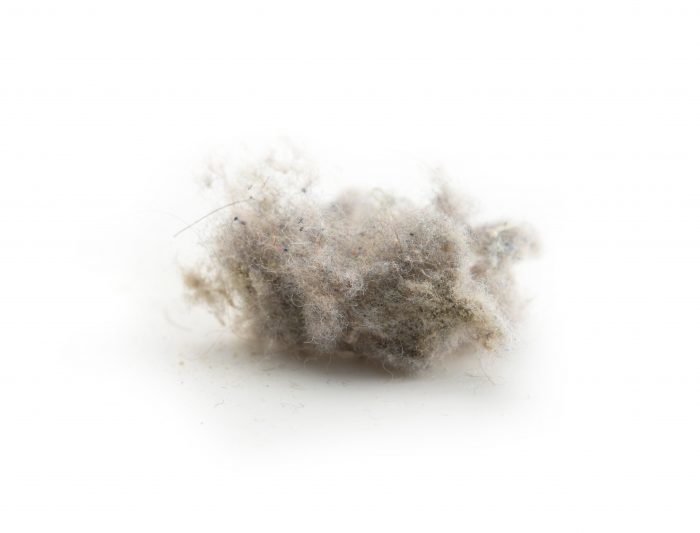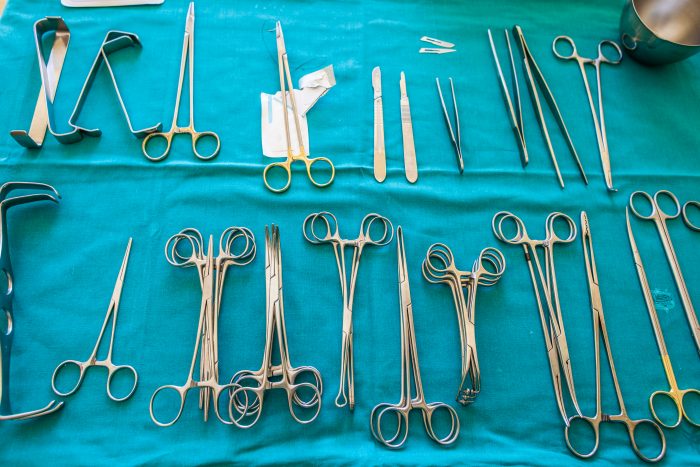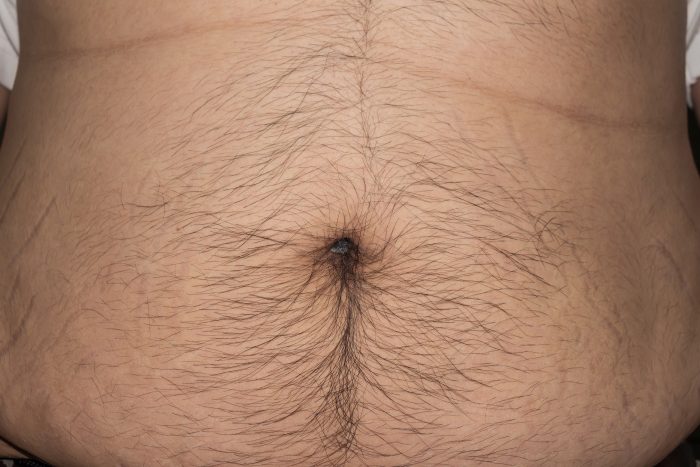Working in the operating room is an amazing journey. There are spectacularly cool moments – like when the bleeding stops, the cancer is taken out, or the heart is restarted. But there are equally spectacularly gross moments, too.
Like Digging Out Belly Button Lint and Omphaloliths (Navel Stones)
Yeah, we sometimes see things that can’t be unseen, smell things that make us puke, and touch things we can’t believe exist. I am going off-road here, so if you are a delicate flower, this post might be hard. But even delicate flowers have belly buttons … And whether you know it or not, are a delicate flower or not, belly button lint and belly button stones are actual things that can happen to anyone.
In fact, belly button lint is so much a thing there are people dedicating large swaths of their life to researching it! They have received awards for researching it! Karl Kruszelnicki won an ig noble prize* in 2002 in the Interdisciplinary Research Category for a fascinating survey of human belly button lint!? Read the results here.
I’m not sure why Karl stopped at lint when there’s so much more to evaluate …
For Instance, Omphaloliths!
Over time, the lint becomes … steel yourself … a belly button booger/stone. A grey-black, sticky, hard, adherent mess, mass, thing … It’s as gross as it sounds, but it’s common enough to have a medical name: omphalolith. A navel stone – made up of sebum, keratin, hair, lint, lotion, sweat … You get the idea. And if you don’t, you can click here, (the second omphalolith is very much like what we see in the OR) but be advised: delicate flowers Should. NOT. Click!
How many of you have just now realized you’ve nee Eee ever, ree EEE ally cleaned out your belly button?
I hope all you find is a sweet, little, coiled dust bunny of gray fuzz. Congratulations. Whew! And, you’re welcome.

But if you are past 20-something and you didn’t know this could happen … then you might have some work ahead of you.
And We Want You To Do That Work Before Your Operation
Please. Almost every laparoscopic surgery involves putting a port through the belly button. This means the circulating RN will meticulously clean your abdomen before the surgeon inserts any ports. The prep kits come with long Q-tips specifically designed to clean out the belly button. It’s all in a day’s work for us until the person prepping you calls for more Q-tips, a clamp, or some tweezers … Then we will either look away and disengage or more likely start trying to one-up one another with the who’s omphalolith story is bigger and badder than who’s.

Do we judge you? Nah. OR people live by the “There but for the grace of God go I” philosophy. And, some of us might have had an experience where breast milk got trapped inside our belly button in the early post-partum days and at some point turned into breast-milk-stinky-blue-cheese. We might remember the day we discovered that belly-button-breast-milk-stinky-blue-cheese and what it felt like to burst into tears and slowly sink down against the shower wall, completely overwhelmed – not just at the complete mismatch between actual motherhood and romantic motherhood but by becoming the perfect crying-sinking-down-the-shower-scene cliche.

(Keep in mind: we might still be amazed at what the human body can do. Some of us might still wonder if there’s a penicillin-like-miracle-cure lurking inside the unstudied and relatively unknown phenomenon of breast-milk-stinky-blue-cheese.)
I digress …
Are There Bragging Rights For Digging Out Substantial Omphaloliths?
Abso-effing-lutely. It’s part of the lay of the land for us. Karl’s research says older men with hairy abdomens are often belly button lint carriers. I concur, but the truth is, belly button lint and belly button stones can be found in anyone. Even you. Even me.

And now that you know, be sure to clean your belly button and spread the word to your friends and family. Also, if you have had laparoscopic surgery, the anatomy of your belly button is now different. It may have new crevices that make it even harder to clean. (This little tidbit comes from seasoned operating room personnel who have experience on both sides of the belly button fence. A big thank you to XX for sharing that!)
For more information on belly button health, click here.
If this post has counted as a Critical Incident for you and you need some stress debriefing, take a moment to gaze at the photo below and remember: I’ve seen thousands upon thousands of bodies: this is not the American norm. You are fine.

* According to Wikipedia, “The Ig Nobel Prizes are parodies of the Nobel Prizes given out each autumn for 10 unusual or trivial achievements in scientific research. They have been awarded since 1991, with the stated aim to “honor achievements that first make people laugh, and then make them think”. The awards can be veiled criticism or satire, but are also used to point out that even absurd-sounding avenues of research can yield useful knowledge.”
All of the photos in this post were purchased from Shutterstock.





